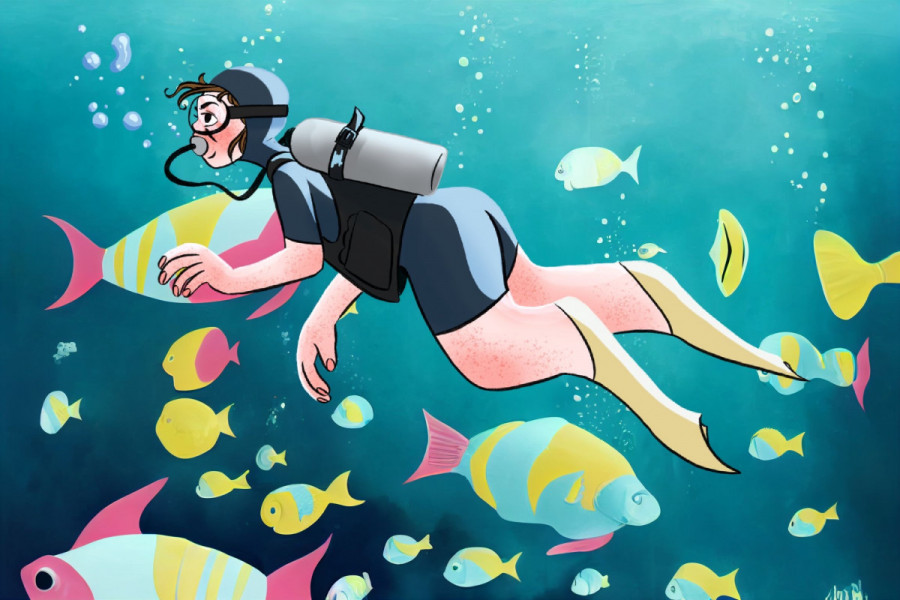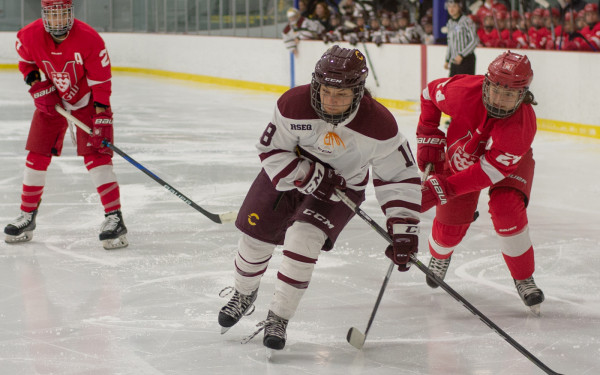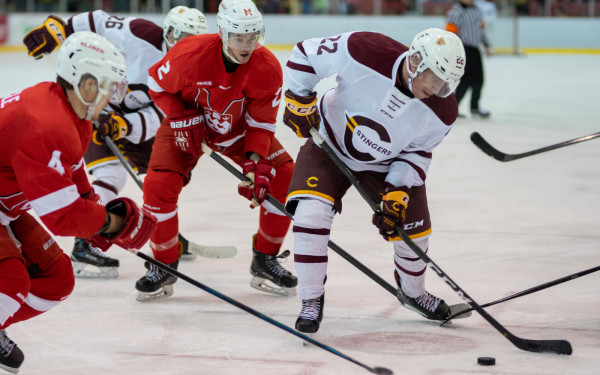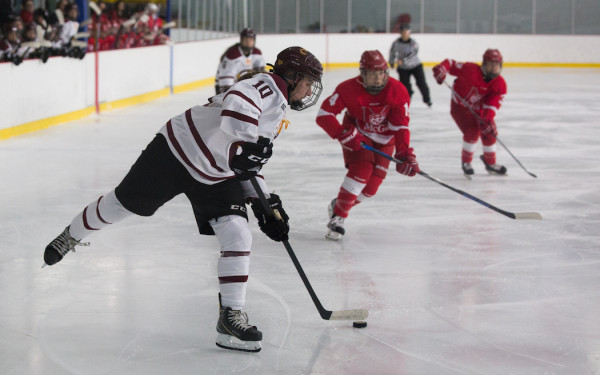I Hated the Summer I Spent Learning to Scuba Dive
It’s Now Become One of My Favourite Vacation Activities
The summer of 2011 was one I wasn’t looking forward to. Instead of being allowed to stay at home, my mom put me into self-contained underwater breathing apparatus diving lessons-- otherwise known as scuba diving. I love swimming, but it was not what I wanted to do with my summer.
My first issue was that classes started at eight in the morning, far earlier than I got up most of the time—even now. We went to the pool sporting our bathing suits, with clothes, lunch, water, towels and some paper and pencils in our bags.
The morning was spent in the pool learning how to swim in fins, with masks and snorkels on. We eventually learned how to use oxygen tanks, how to ensure equipment was safe to use and what to do in case of an emergency.
Around 11 a.m., we ate lunch in the front of the pool, watching cyclists speed by the Lachine Canal as I dreaded the midday session.
The afternoon in-class session was long. Maybe I’m exaggerating, but it felt like all we did was math—and I hate math. We’d practice various equations to calculate the amount of oxygen needed depending on the depth of the dive, as well as how much time we needed for decompression from various depths.
After roughly eight weeks of training, we drove to Morrisson’s Quarry in Chelsea, Quebec—about a three-hour drive from Montreal.
Once I was in the water, diving down towards the sunken plane and submarine, I found myself really enjoying the experience. Despite how heavy the tanks were and how tight the wetsuit was, I felt weightless in the water and able to manoeuvre around with ease. By the end of the day, I loved diving and couldn’t wait to go back.
In the 11 years since I became a certified diver, I’ve attempted multiple dives. A planned dive I had in Grand Cayman was aborted when I couldn’t equalize. Similar to flying, when you dive down, your body needs to adjust to the new pressure level. Since you can’t chew gum or do many of the other recommended movements, it can be more difficult to equalize underwater. Most often, divers will pinch their noses and try to pop their ears that way, but if you’ve been sick recently or have allergies, that method and others may not work.
When you don’t equalize, it could damage or rupture your eardrum, and that can lead to temporary—or permanent—hearing loss. In the worst case, not properly equalizing can also cause an arterial gas embolism, a blockage to your brain, heart or lungs, and kill you.
While not being able to dive at some of the most renowned spots in the world sucks, there's nothing more important than ensuring my health and safety.
My favourite completed dive by far has been the Great Barrier Reef, in Queensland, Australia. It’s a two-hour boat ride from Cairns to get to the dive site, but diving below rock faces that resemble cliffs was surreal. Seeing fish swim in and around the coral reef was something I’ll never forget and hope to do someday again.
While I’m busy with school for now, when I plan a trip for my next trip, diving will be part of my itinerary. When I’m able to, I plan to learn how to dive in a dry suit, which is when you have an extra outer-layer suit that is waterproof. It’s an extra level of training because it limits mobility and affects buoyancy.
Finding the right level of buoyancy is already tricky for me, as I always need to load myself with extra weights on a weight belt. Buoyancy is what allows you to drop further down in the water while still being able to swim freely and resurface at the end of the dive. Having the right buoyancy can help you conserve air and prolong your dive, so you don’t want to add too much weight and be too heavy, or too little and be too light.
Eventually, with proper dry suit training, my goal is to dive at places like Silfra in Iceland, where a hole between the North American and Eurasian tectonic plates allows people to swim between them.
This article originally appeared in Volume 43, Issue 2, published September 13, 2022.


_600_832_s.png)

4_600_375_90_s_c1.jpg)


